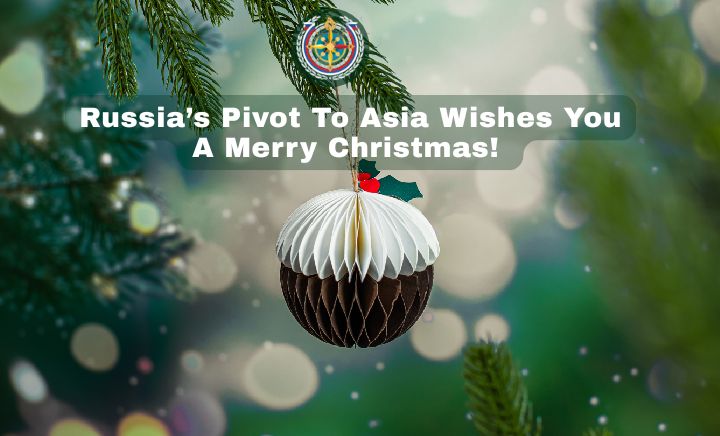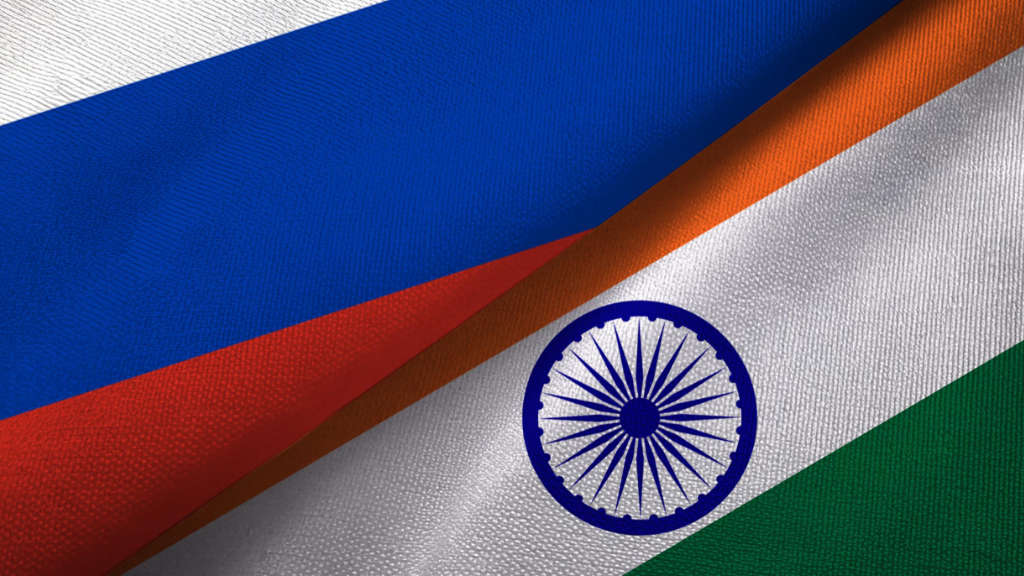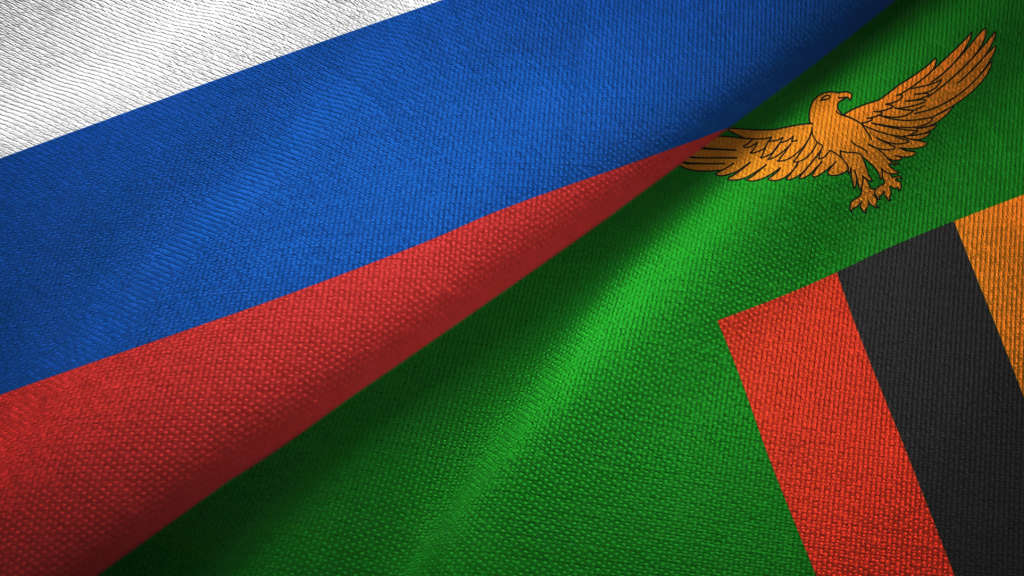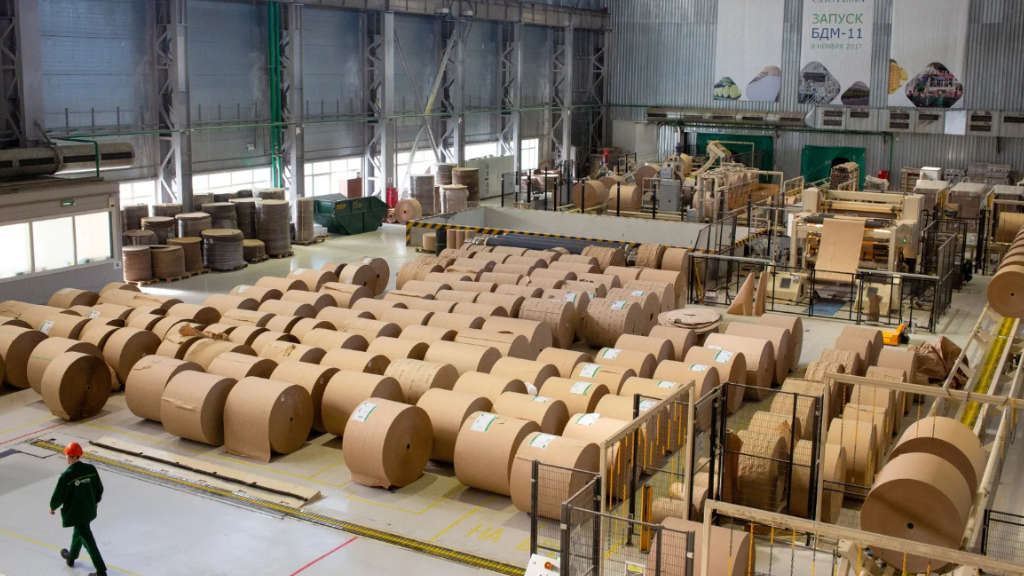The Russian Foreign Minister, Sergey Lavrov, has met with Subrahmanyam Jaishankar, the Indian Minister of External Affairs, on the sidelines of the 80th Session of the UN General Assembly in New York.
They discussed pivotal issues concerning bilateral collaboration, including preparations for the forthcoming Russia–India summit, to be held at this year’s end. They also scrutinised pressing topics on the international and regional agenda, notably the situation surrounding Ukraine and developments in the Palestinian–Israeli conflict, in addition to the US secondary tariffs against India and EU sanctions threats.
The parties concurred in their commitment to further fortify their specially privileged strategic partnership and to augment cooperation within multilateral platforms, particularly in the G20, BRICS, and the Shanghai Cooperation Organisation. In terms of energy, Russia and India signed a ten year contract nine months ago year for Indian refiners to process Russian oil. That product is then sold onto international markets—including the EU.
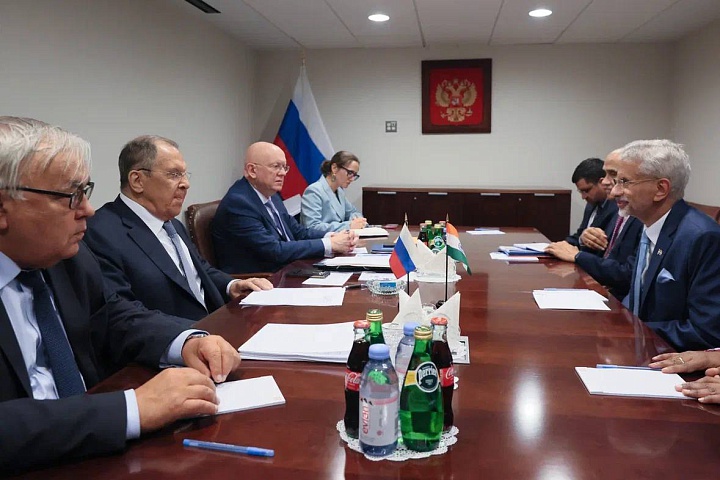
Russia-India trade and diplomatic ties have grown exponentially since 2021, with bilateral trade hitting record highs, and mutual cooperation on a global scale also influencing international affairs. At the UN, Russia is pushing for India to be a member of the UN Security Council, while India has also resisted Western calls for it to cease buying Russian oil. The Indian economy is booming, with both the Asian Development Bank and the Organization for Economic Co-operation and Development projecting a 2025 GDP growth rate of about 6.7%, a huge global economic driver for a country with a population of 1.5 billion. India is also in the process of negotiating a Free Trade Agreement with the Eurasian Economic Union.
While much of India’s bilateral trade with Russia has been focused on oil imports, there are strong efforts to diversify and these appear to be having significant effects. Russia cooperates with India in the production of military aircraft and naval vessels to India, while cooperation is also taking place in Indian shipbuilding.
Trade diversification is manifesting itself in other ways, especially as Indian oil purchases are leaving Russia with huge volumes of Rupees, which it has found difficult to offload given the smaller volume of Indian exports to Russia. However, Russia has instead been buying into the Indian industrial sector, one example being Rusal’s acquisition of 26% of India’s Pioneer Industries for US$243.75 million earlier this year. That has allowed Russia’s aluminum industry access to guaranteed supplies.
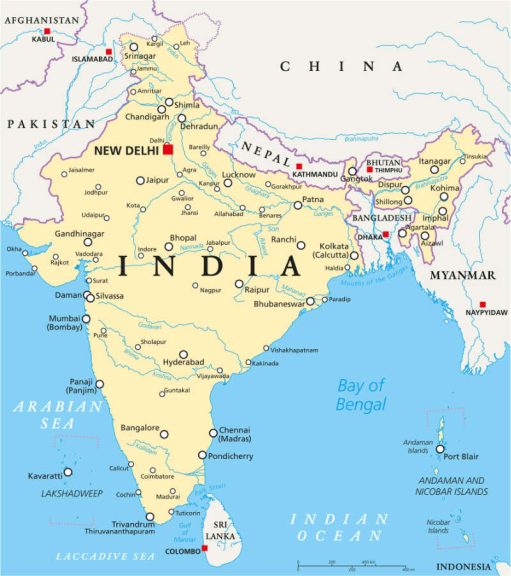
Bilateral trade is also growing in other sectors. Russia became one of India’s top five global suppliers in agricultural produce earlier this year, while India has begun exporting record volumes of meat to Russia.
In addition, Russian exports of fertilizers and mineral waters to the Indian market have also shown substantial growth.
This trend will likely continue as infrastructure connectivity is also improving, with new routes such as FESCO’s shipping lines between Novorossiysk and Mumbai showing annual increases of 30% in trade volumes. Russian railways is also involved in railway infrastructure development in India. Financial connectivity to support trade development is also happening, with Sberbank recently being given an Indian operating license.
In 2024, Russia and India achieved a record bilateral trade turnover of US$70.6 billion, marking a 9.2% increase compared to 2023. Russian exports to India reached US$65.7 billion, while Indian exports to Russia were US$4.9 billion. This surge in trade is partly attributed to the International North-South Transport Corridor (INSTC) and a strategic partnership, and can be expected to continue.
Further Reading
